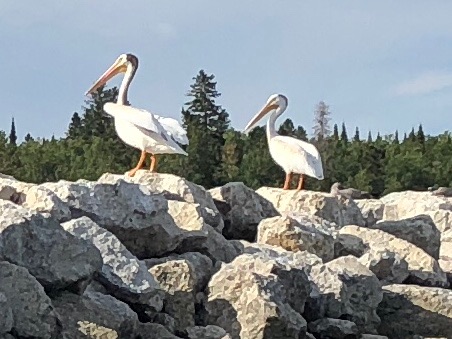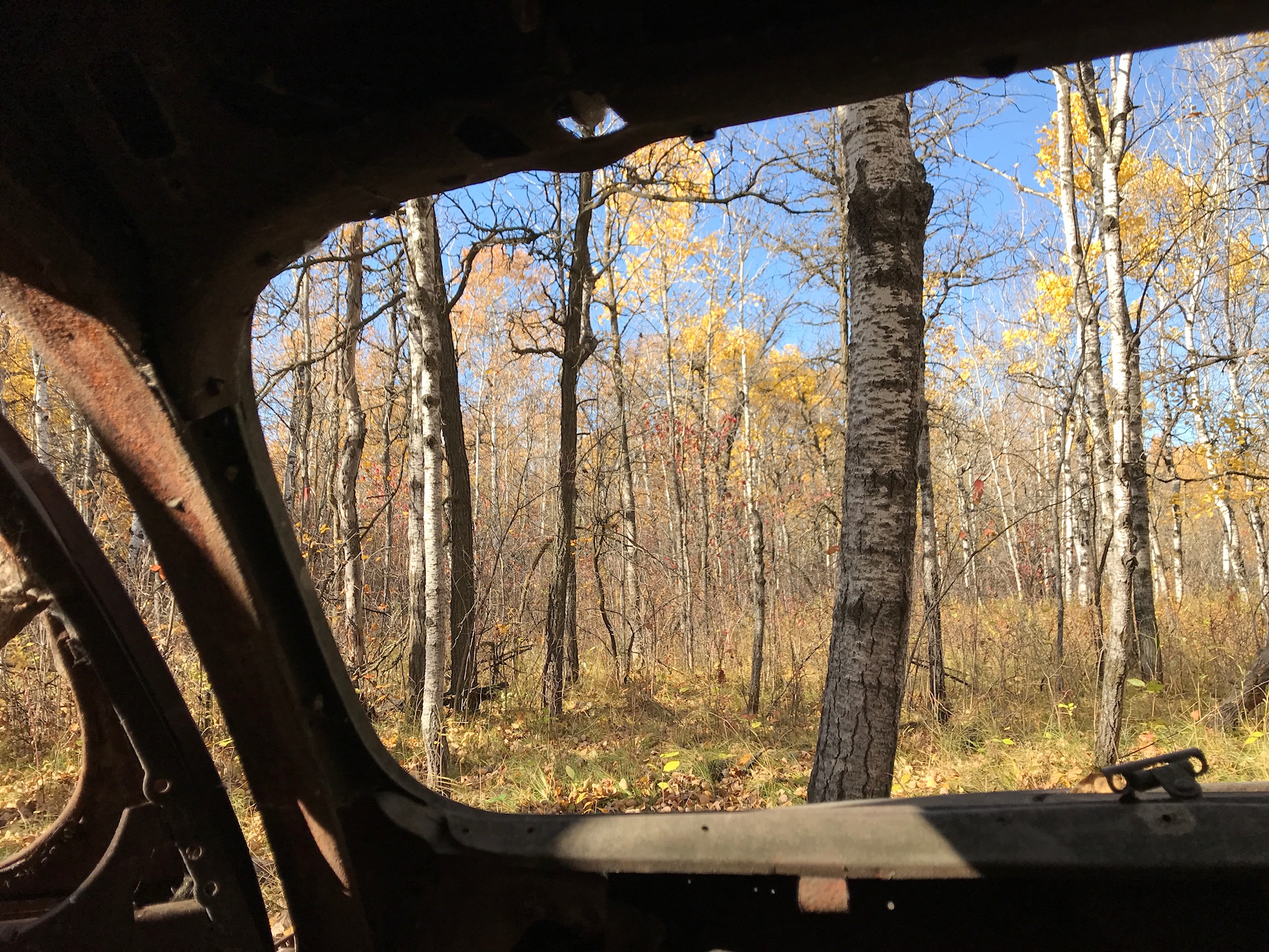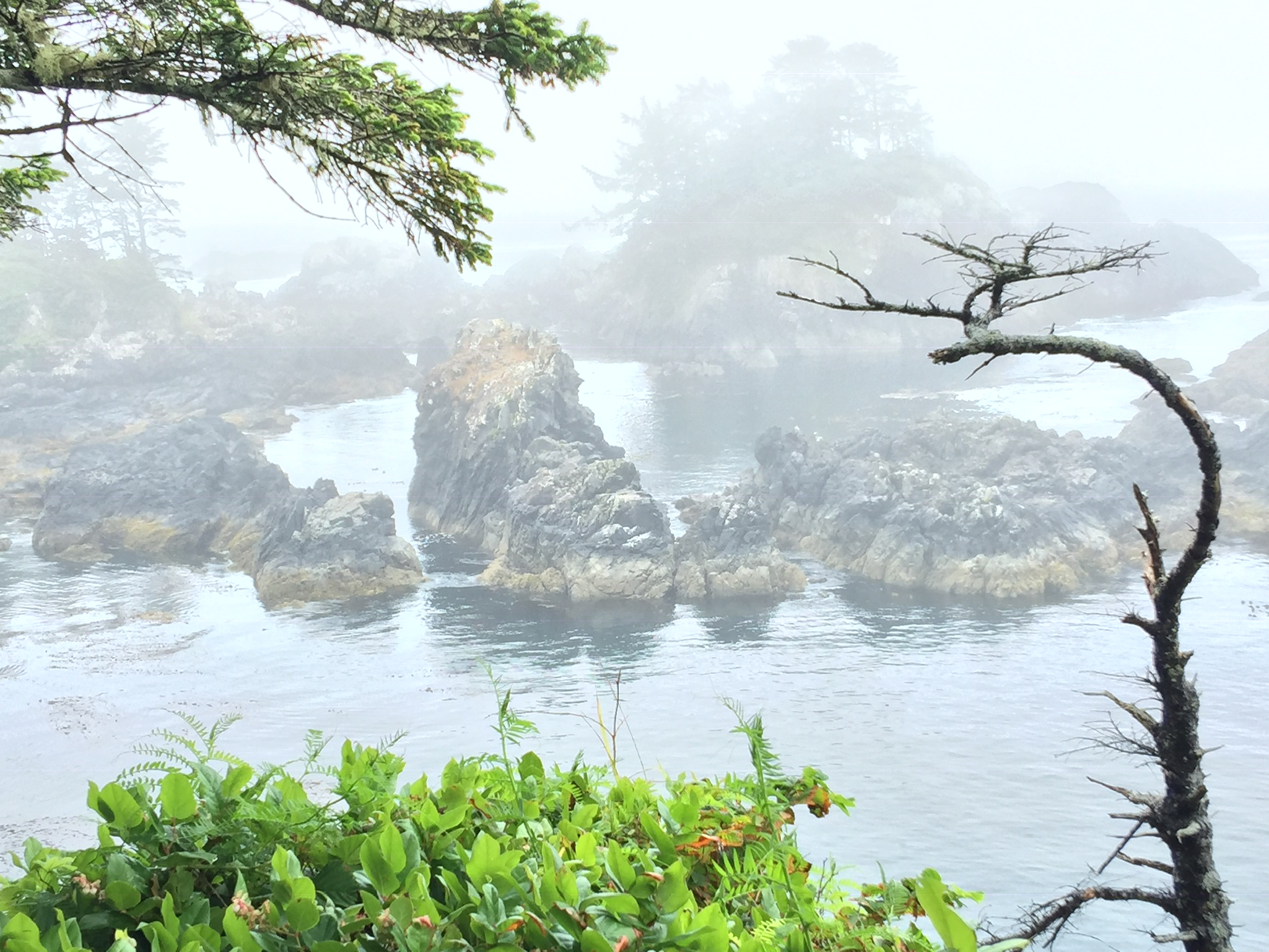By Lori Janeson
Taking pictures of wildlife and dramatic landscapes seems natural when you live on Lake Winnipeg. But, even if you don’t, photographing nature is one of the most enjoyable and fulfilling hobbies you can have.
If you think taking great pictures means you have to buy an expensive camera and learn about all the settings before you start, don’t worry. You can begin learning the techniques to take awe-inspiring nature photos using any camera at your disposal, including your camera phone. All you need to do is begin.
Tip 1: Choose Your Camera
You don’t need a digital single-lens reflex (DSLR) camera to get started. The latest phone cameras include technological advances that have the ability to take incredible pictures.
If you’re serious from the start, a DSLR is your best bet. Still, you don’t have to spend a lot of money on the latest and greatest. Look at online marketplaces for older versions of Canon or Nikon cameras to find more affordable options.
Tip 2: Know Your Camera
It doesn’t matter what type of camera you plan to use, familiarize yourself with the way it works and the different settings before you head out. Practice taking shots in your backyard. Try different settings. Experiment and have some fun while you’re at it.
Tip 3: Prepare Ahead of Time
If you want to take photographs of the stunning areas around Hecla Island or anywhere else, plan ahead. Wear comfortable hikers or boots, layer your clothing and take water and snacks in case your hike takes longer than you expect.
Take someone with your or let someone know where you’re going if you go out alone. Check your location’s regulations about where you can go and what you can shoot.
“If you plan to photograph wildlife, pay strict attention to the region’s rules about how close you can get and acceptable behavior around wild animals.” — Lori Janeson
Even if there are no set rules, keep your distance from wildlife to avoid stressing them and putting yourself in danger.
Tip 4: Take the Right Equipment
It’s very difficult to hold a camera steady with just your hands. Take a tripod to make sure you take clear pictures. If you don’t have one, try using a rock, tree branch or level ground instead. Consider purchasing a compact tripod. They’re lightweight, easy to carry and make taking great photos a whole lot easier.
Other equipment options to consider include a lens hood to prevent glare on sunny days and waterproof camera cover.
Tip 5: Learn to Set Your Shot
The rule of thirds is a long-standing photography technique. Divide the scene you want to photograph in your mind as a graph cut into nine equal squares. The intersecting lines indicate the space a human’s eye falls. Place the subject inside one of those squares or directly on intersecting lines for a dramatic photo.
Tip 6: Relax and Have Fun
Breathing fresh air while you wait patiently for the perfect shot provides a much-needed respite from the stresses of everyday life. Remember, even the pros take hundreds of pictures and only get a few great shots. Have fun, experiment and enjoy all the outdoor moments now as well as those to come.
Lori Janeson is a nature photographer living in Winnipeg, Manitoba.

 human impact — though of course it’s under the gun from insidious threats like climate change and water pollution.
human impact — though of course it’s under the gun from insidious threats like climate change and water pollution.